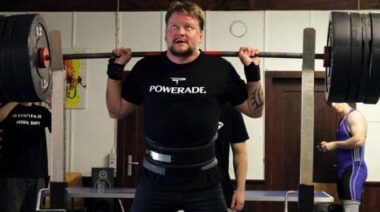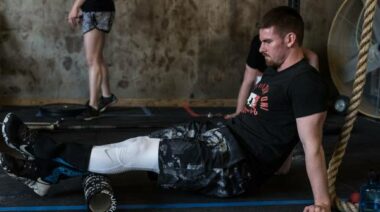Recent research indicates an athlete’s risk for injury is mainly determined by their sport and gender, not their fitness level. This study was published in Sports Medicine, Arthroscopy, Rehabilitation, Therapy & Technology, and found that women sustained their first injury of the season faster than men. The study also found that certain sports, such as volleyball, had a significantly shorter time to injury than other sports such as hockey or baseball.1
Researchers from the Faculty of Physical Education and Recreation and the Faculty of Rehabilitation Medicine at the University of Alberta, Canada evaluated pre-season fitness for six varsity teams. Tests were conducted to determine instantaneous aerobic power and lower body strength (vertical jump test), lower back and hip flexibility (sit and reach test), and agility (acceleration deceleration, pivoting, and quick footwork). Upper body endurance was measured by push-ups, and sit-ups were used to determine core strength and flexibility, and shoulder flexibility was also measured. 2
The results of the research revealed that over two thirds of the athletes suffered injuries throughout the season. The most common form of injury was a tendon strain in the legs or feet. Over half of the athletes missed at least one practice as a result of injury, but fortunately most did not miss competition. Ironically, 40% of the injuries incurred happened during the pre-season practices.3
The time to the first injury of the season was shorter for the women than the men; the women sustained the first injury on average 40% of the way through the season, whereas males incurred injuries about 66% of the way through the season.4
Gender was not the only factor in time to injury. The result of the research showed that time to injury was dependent on the type of sport. Injuries occurred sooner in volleyball than any other sport that was tested. Women’s volleyball injuries occurred on an average than less than 20% of the way through the season, while injuries for men averaged 35% of the way through the season. The safest sport in terms of first injuries occurring was men’s hockey where injuries started to occur at an average of 75% of the way through the season.5
The analysis of the fitness evaluation showed no indication that time to injury was affected by the level of pre-season fitness. Michael Kennedy, a professor who helped perform this study explained:
The only association we found between pre-season fitness and injury was that lower upper body strength, as evaluated by push-ups, was associated with a shorter time to injury – this was despite most of the injuries being associated with the lower body. Our study attempted to answer the question whether fitter athletes are more resilient to injury than less fit athletes. We know from our data that differences exist between risk of injury in pre-season training, regular season training and actual games. However most importantly our data clearly show that time to first injury for athletes is more heavily influenced by gender and sport than pre-season fitness.6
Photo courtesy of Shutterstock.






